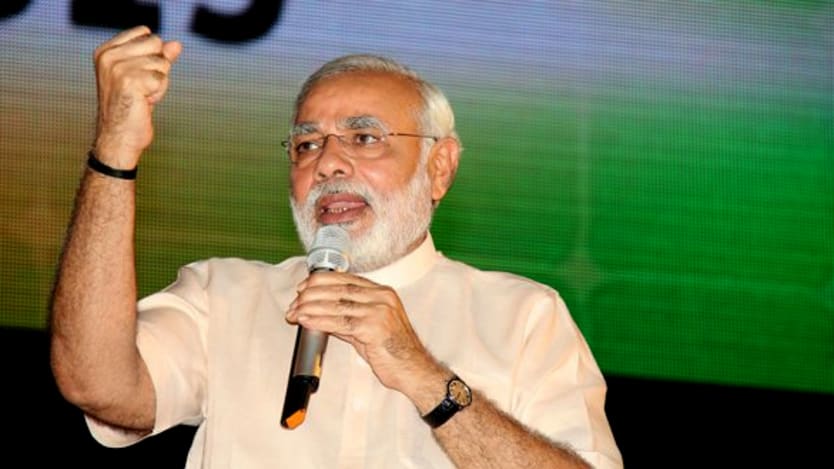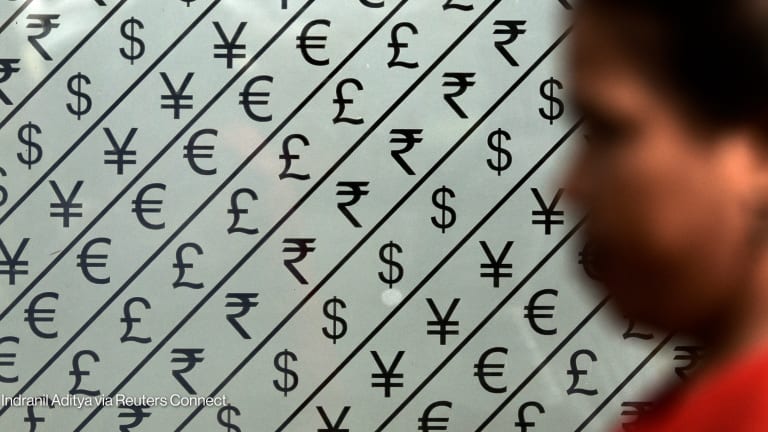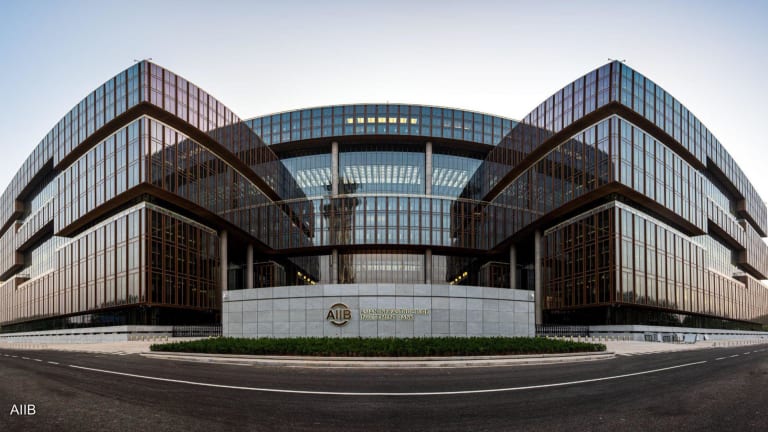
Narendra Damodardas Modi has big ambitions. Sworn in Monday, May 26, as the 15th prime minister of India, he wants a “glorious future for India” despite the fact that one in five Indian now lives below the poverty line.
“Let us together dream of a strong, developed and inclusive India that actively engages with the global community to strengthen the cause of world peace and development," Modi said in his inaugural speech.
The longtime minister of Gujarat, a state in northwestern India, inherits a country whose economy is growing faster than its population, but which continues to be plagued by a plethora of challenges in the areas of governance and infrastructure, just to name a few. Social issues, too — like the rampant abuse of women and the lack of upward mobility for members of lower castes — seem intractable.
And if India’s domestic challenges seem daunting, its international ambitions are similar. Regional power plays, new alliances and competing priorities — as well as emerging plans for the establishment of several new multilateral development banks — will test Modi’s leadership.
According to local reports, India’s commerce ministry has proposed the creation of a multilateral institution to cater to South Asia’s development needs. At first glance, such a South Asian Development Bank could go well with Modi’s vision for growing India's economic muscle and influence worldwide. But the new administration’s support isn’t guaranteed; the country’s finance ministry reportedly dismissed the idea because it would require huge financial support.
Under the proposal, the eight members of the South Asian Association for Regional Cooperation — Afghanistan, Bangladesh, Bhutan, Maldives, Nepal, Pakistan and Sri Lanka, with India as the leader — would compose the bank’s membership. Talks were expected to begin during the SAARC conference in Nepal later this year.
Before India can help others, though, it may need to help itself first. The country has made important strides — earlier this month, for instance, a historic mandate on businesses to allot a portion of their budget to social responsibility took effect — but many observers continue to question the government’s ability to deliver on its promises.
Growing trend?
India isn’t the only country eager to expand its regional power. At the Asia-Pacific Economic Cooperation summit in Bali last year, Chinese President Xi Jinping announced that his country is planning to create the Asian Infrastructure Investment Bank, a move that can be seen as a challenge to the Japan-dominated Asian Development Bank.
ADB itself has acknowledged that infrastructure needs in the Asia-Pacific region amount to about $800 billion a year. The fact that ADB spends only between $20 billion and $30 billion a year in this area opens up opportunities for others to fill the financing gap.
Some members of the development community — even policy think tanks in China — have expressed skepticism about AIIB, suggesting that Beijing may have the money to establish the bank but it lacks the capacity to operate such a mammoth institution. There also is widespread skepticism about China’s ability to develop and enforce safeguards and environmental policies.
Nevertheless, China appears set on creating the bank by the end of the year and make it operational by early 2015 with a $50 billion capital base. This comes at a time when ADB, in a bid to strengthen its financial muscle, is merging two of its major funds. Their combined capital, incidentally, amounts to AIIB’s planned starting capital.
ADB leaders have publicly welcomed China’s proposal, but it didn’t go unnoticed that three of the bank’s lead sponsors — Japan, the United States and India — weren’t initially invited to join AIIB. That may change, of course, but the stakes are raised in the scramble for regional power — as well as for top talent.
Modi enters office with huge popular support from his countrymen as well as international partners. To meet the outsized expectations, he must act swiftly and decisively — without falling prey to the power plays that are reshaping the region’s development trajectory.
Read more development aid news online, and subscribe to The Development Newswire to receive top international development headlines from the world’s leading donors, news sources and opinion leaders — emailed to you FREE every business day.








